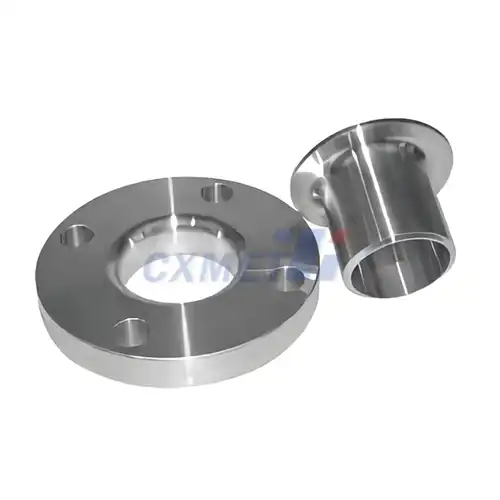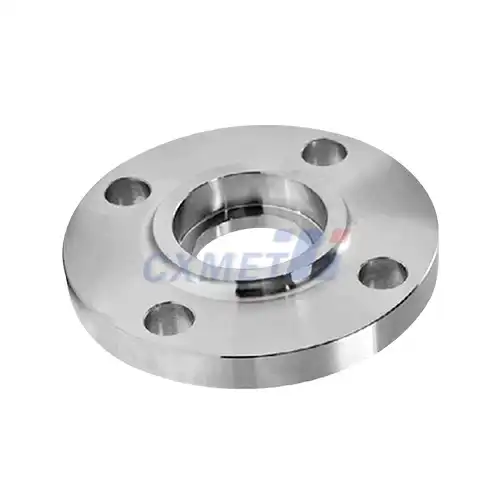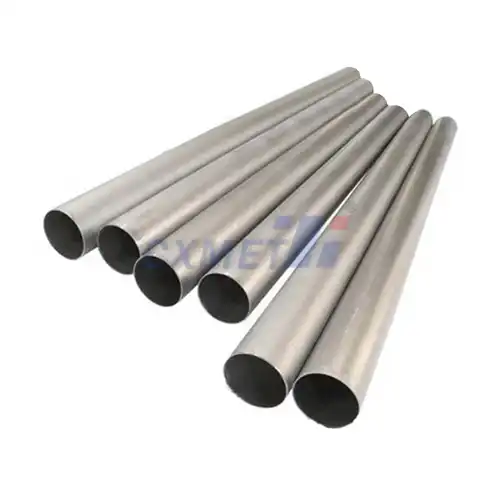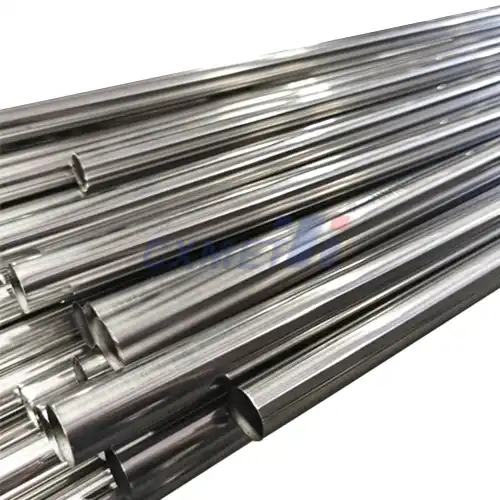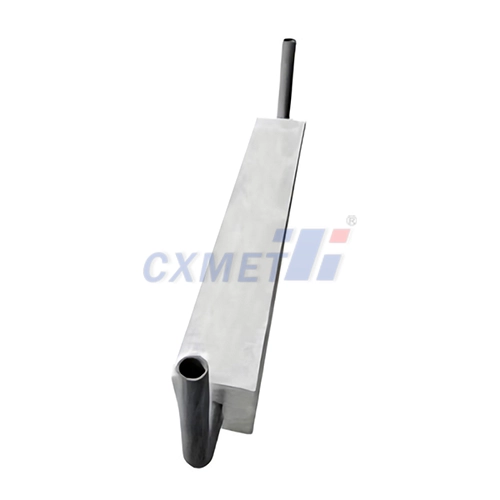- English
- French
- German
- Portuguese
- Spanish
- Russian
- Japanese
- Korean
- Arabic
- Greek
- German
- Turkish
- Italian
- Danish
- Romanian
- Indonesian
- Czech
- Afrikaans
- Swedish
- Polish
- Basque
- Catalan
- Esperanto
- Hindi
- Lao
- Albanian
- Amharic
- Armenian
- Azerbaijani
- Belarusian
- Bengali
- Bosnian
- Bulgarian
- Cebuano
- Chichewa
- Corsican
- Croatian
- Dutch
- Estonian
- Filipino
- Finnish
- Frisian
- Galician
- Georgian
- Gujarati
- Haitian
- Hausa
- Hawaiian
- Hebrew
- Hmong
- Hungarian
- Icelandic
- Igbo
- Javanese
- Kannada
- Kazakh
- Khmer
- Kurdish
- Kyrgyz
- Latin
- Latvian
- Lithuanian
- Luxembou..
- Macedonian
- Malagasy
- Malay
- Malayalam
- Maltese
- Maori
- Marathi
- Mongolian
- Burmese
- Nepali
- Norwegian
- Pashto
- Persian
- Punjabi
- Serbian
- Sesotho
- Sinhala
- Slovak
- Slovenian
- Somali
- Samoan
- Scots Gaelic
- Shona
- Sindhi
- Sundanese
- Swahili
- Tajik
- Tamil
- Telugu
- Thai
- Ukrainian
- Urdu
- Uzbek
- Vietnamese
- Welsh
- Xhosa
- Yiddish
- Yoruba
- Zulu
What are the Common Applications of Tantalum Foil?
2024-10-09 17:38:46
Tantalum foil is a versatile material that has found its way into various industries due to its unique properties. This thin, flexible sheet of tantalum metal offers exceptional corrosion resistance, high melting point, and excellent ductility. These characteristics make tantalum foil an invaluable component in numerous applications, ranging from electronics to medical devices. In this blog post, we'll explore the common uses of tantalum foil and delve into some of the most frequently asked questions about this remarkable material.
What are the main uses of tantalum foil in electronics?
Tantalum foil plays a crucial role in the electronics industry, particularly in the manufacturing of capacitors. These electronic components are essential for storing and releasing electrical energy in various devices. Tantalum capacitors are known for their high capacitance in a small package, making them ideal for miniaturized electronic devices such as smartphones, laptops, and wearable technology.
One of the primary advantages of tantalum foil in capacitors is its ability to form a stable oxide layer. This oxide layer acts as an excellent dielectric, allowing for high capacitance in a compact form factor. The stability of this oxide layer also contributes to the long-term reliability of tantalum capacitors, making them suitable for use in critical applications where failure is not an option.
In addition to capacitors, tantalum foil is used in the production of thin-film resistors. These resistors are valued for their precision and stability, particularly in high-frequency applications. The excellent temperature coefficient of resistance (TCR) of tantalum makes it an ideal choice for creating resistors that maintain their performance across a wide range of temperatures.
Tantalum foil also finds applications in semiconductor manufacturing. It is used as a diffusion barrier in integrated circuits, preventing the migration of atoms between different layers of the semiconductor. This property is crucial in maintaining the integrity and performance of advanced microchips.
Furthermore, tantalum foil is employed in the production of sputtering targets for thin-film deposition processes. These targets are used in the fabrication of electronic components, optical coatings, and other advanced materials. The high purity and uniform structure of tantalum foil make it an excellent choice for creating high-quality thin films with precise composition and properties.
How is tantalum foil utilized in the medical industry?
The medical industry has embraced tantalum foil for its biocompatibility and corrosion resistance. These properties make it an excellent material for various medical applications, from implants to surgical instruments.
One of the most notable uses of tantalum foil in medicine is in the production of implantable medical devices. Tantalum is highly resistant to bodily fluids and does not cause adverse reactions in most patients, making it an ideal material for long-term implants. For example, tantalum foil is used in the fabrication of pacemaker components, where its reliability and biocompatibility are crucial for the device's long-term performance.
Tantalum foil is also employed in the production of surgical staples and sutures. The material's strength and ductility allow for the creation of fine, flexible staples that can securely hold tissue together during the healing process. Additionally, tantalum's radiopacity makes these staples visible on X-rays, allowing medical professionals to easily monitor the healing progress without the need for invasive procedures.
In orthopedic applications, tantalum foil is used to create porous coatings for joint replacement implants. These coatings promote bone ingrowth, improving the integration of the implant with the patient's natural bone structure. The result is a more stable and long-lasting joint replacement that can significantly improve the patient's quality of life.
Tantalum foil also plays a role in diagnostic imaging. Its high atomic number makes it an excellent X-ray marker, allowing for precise localization of anatomical structures or medical devices during imaging procedures. This property is particularly useful in interventional radiology, where accurate visualization is critical for successful procedures.
Moreover, tantalum foil is used in the manufacturing of surgical instruments, particularly those used in minimally invasive procedures. The material's corrosion resistance and ability to maintain a sharp edge make it ideal for creating precision surgical tools that can withstand repeated sterilization processes without degradation.
What role does tantalum foil play in aerospace and industrial applications?
The aerospace and industrial sectors leverage the unique properties of tantalum foil to address challenges in extreme environments. The material's high melting point, excellent corrosion resistance, and good thermal conductivity make it valuable in a wide range of applications.
In aerospace, tantalum foil is used in the construction of heat shields for spacecraft and high-speed aircraft. Its ability to withstand extreme temperatures without degradation helps protect critical components during atmospheric re-entry or supersonic flight. Tantalum foil's low coefficient of thermal expansion also contributes to its stability in rapidly changing temperature environments, making it ideal for use in aerospace structures.
Tantalum foil also finds applications in jet engine components. It is used in the fabrication of turbine blades and other high-temperature parts where its resistance to corrosion and ability to maintain strength at elevated temperatures are crucial. The material's ductility allows for the creation of complex shapes necessary for optimizing engine performance.
In the chemical processing industry, tantalum foil is prized for its exceptional corrosion resistance. It is used to line reactors, heat exchangers, and other equipment that comes into contact with aggressive chemicals. This application of tantalum foil helps extend the lifespan of industrial equipment and ensures the purity of chemical products by preventing contamination from vessel corrosion.
Tantalum foil is also employed in the production of specialized vacuum furnaces used in the heat treatment of metals and ceramics. Its low vapor pressure at high temperatures makes it an excellent choice for creating heating elements and radiation shields in these furnaces, allowing for precise control of the heating process.
In the field of energy production, tantalum foil contributes to the development of more efficient and durable fuel cells. Its corrosion resistance and ability to withstand high temperatures make it suitable for use in solid oxide fuel cells, where it can serve as an interconnect material or protective coating.
Furthermore, tantalum foil plays a role in the nuclear industry. Its neutron absorption properties make it useful in the fabrication of control rods for nuclear reactors. Additionally, its corrosion resistance is valuable in handling radioactive materials and in the construction of long-term storage containers for nuclear waste.
In conclusion, tantalum foil's unique combination of properties makes it an indispensable material across various industries. From miniaturizing electronic devices to advancing medical implants and enabling high-performance aerospace components, tantalum foil continues to drive innovation and technological progress. As research into new applications and processing techniques continues, we can expect to see even more exciting uses for this versatile material in the future.
At SHAANXI CXMET TECHNOLOGY CO., LTD, we take pride in our extensive product range, which caters to diverse customer needs. Our company is equipped with outstanding production and processing capabilities, ensuring the high quality and precision of our products. We are committed to innovation and continuously strive to develop new products, keeping us at the forefront of our industry. With leading technological development capabilities, we are able to adapt and evolve in a rapidly changing market. Furthermore, we offer customized solutions to meet the specific requirements of our clients. If you are interested in our products or wish to learn more about the intricate details of our offerings, please do not hesitate to contact us at sales@cxmet.com. Our team is always ready to assist you.
References:
1. Schwartz, N. (2018). Tantalum in the electronics industry. Journal of Electronic Materials, 47(9), 5087-5092.
2. Chen, Q., & Thouas, G. A. (2015). Metallic implant biomaterials. Materials Science and Engineering: R: Reports, 87, 1-57.
3. Cardarelli, F. (2018). Materials handbook: A concise desktop reference. Springer.
4. Cardonne, S. M., Kumar, P., Michaluk, C. A., & Schwartz, H. D. (1995). Tantalum and its alloys. International Journal of Refractory Metals and Hard Materials, 13(4), 187-194.
5. Matsuno, H., Yokoyama, A., Watari, F., Uo, M., & Kawasaki, T. (2001). Biocompatibility and osteogenesis of refractory metal implants, titanium, hafnium, niobium, tantalum and rhenium. Biomaterials, 22(11), 1253-1262.
6. Kock, W., & Paschen, P. (1989). Tantalum—processing, properties and applications. JOM, 41(10), 33-39.
7. Buckman Jr, R. W. (2000). New applications for tantalum and tantalum alloys. JOM, 52(3), 40-41.
8. Papp, J. F. (2014). Tantalum. US Geological Survey.
9. Balaji, S., Upadhyaya, A., & Balasubramaniam, R. (2007). Properties and applications of tantalum. Transactions of the Indian Institute of Metals, 60(1), 31-37.
10. Weiland, J. D., Anderson, D. J., & Humayun, M. S. (2002). In vitro electrical properties for iridium oxide versus tantalum oxide stimulating electrodes. IEEE transactions on biomedical engineering, 49(12), 1574-1579.
